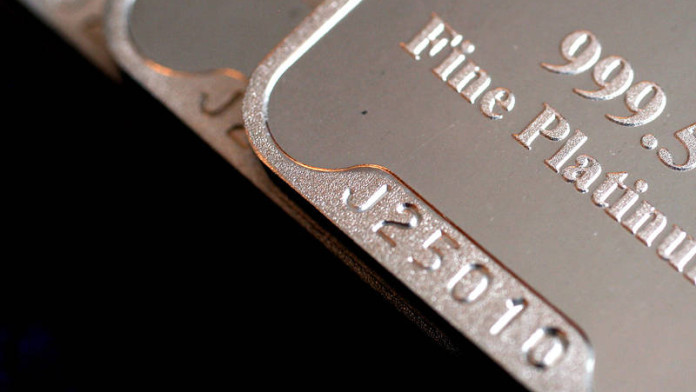
A TWO percent decline in platinum production from South African and an increase in demand would create a 275,000 ounce supply deficit during 2018, said the World Platinum Investment Council (WPIC) in its third quarter report today.
The general tone of the report was that 2017 represented difficult market conditions for the platinum group metals (PGMs) market, but it had nonetheless given way to a sea-change in sentiment. “2017 has undoubtedly been a challenging year for the platinum market, but our independent forecast of the fundamental supply and demand drivers for 2018 shows a new, more positive picture emerging,” said Paul Wilson, CEO of the WPIC.
Global 2017 platinum supply is expected to fall 1% year-on-year, with mining production projected to be 95,000 lower, the council said. South African output would be 1% lower in 2017 while production from Zimbabwe is estimated to fall by as much as 10%, the WPIC said in its report. There were notable closures during 2017 with Platinum Group Metals shutting its Maseve mine barely months after commissioning it while Bokoni Platinum Mine was mothballed by Atlatsa Resources. Royal Bafokeng Platinum also cut production.
Other potential closures were avoided, however. Lonmin defied the odds while Sibanye-Stillwater kept some 300,000 oz/year of platinum production in circulation after saying in February that these ounces were loss-making and at risk. A weakening of the rand against the dollar in the tail-end of the year has come to the assistance of South African producers.
The WPIC said recycling supply was expected to remain flat in 2017 as a normalisation of jewellery recycling was offset by modest growth in automotive recycling.
“Global demand for platinum is expected to end the year down 6%, largely due to a dip in industrial demand, particularly in the petroleum, glass, chemical and electrical sectors, outweighing gains in the medical sector,” it said. “Autocatalyst and jewellery demand are both predicted to be down 1% on the previous year, while investment demand remains at 250,000 oz as forecast,” it said.
The upshot of these factors is the likelihood of a small 15,000 oz deficit for the year. It’s worth remarking, however, that the WPIC forecast in market a deficit of about 120,000 oz demonstrating the difficulty of calling the PGM market currently.
It’s optimism for 2018 has been echoed elsewhere in the market. Paul Dunne, CEO of Northam Platinum, said earlier this month that the prospects for the platinum price had not looked as good for some time. Dunne said he was seeing real evidence of improvements taking place in the markets although he qualified this adding “… current market conditions will persist for a little bit longer”.
Wilson said market forces were moving in the right direction. Jewellery demand was forecast to return to growth for the first time in four years in 2018 while industrial demand for the metal would “sharply rebound” after a weak performance this year. Supply would “continue to tighten” as lower capital expenditure by miners took its toll.
“Demand from the automotive sector will remain firm, and there is increasing anecdotal evidence that automakers in the US and Europe are actively considering switching from palladium to platinum loadings on gasoline vehicles, which will likely have a considerable impact on short to medium-term platinum demand should it come to fruition,” said Wilson.









